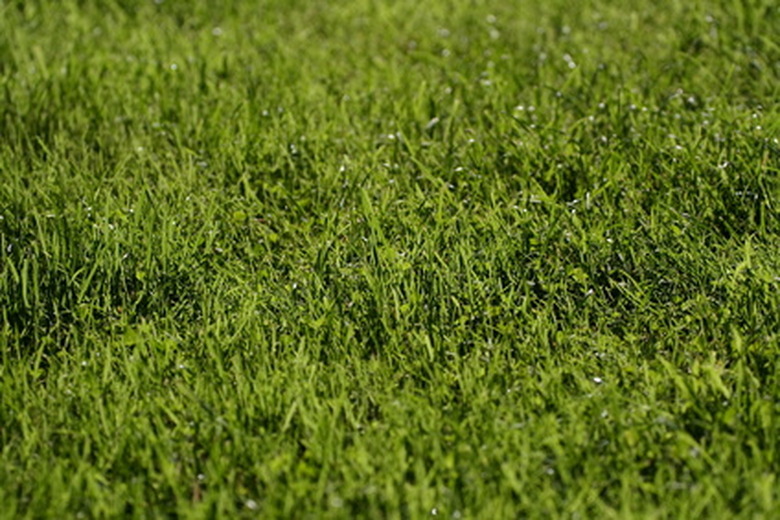2-4-D Weed Killer Information
2,4-Dichlorophenoxyacetic acid, also known as 2,4-D, provides selective weed control in forage pastures, turf grasses and public parks. The herbicide selectively targets broad-leaf weeds after sprouting. Used alone or in a mixture with other herbicides, 2,4-D belongs to the phenoxy acid group of herbicides, also known as hormone or auxin-type herbicides.
History
2,4-D was first introduced to the United States during the 1940s, rapidly becoming one of the most widely used herbicides in the country. The current position of the herbicide as off patent allows it to be manufactured and sold by many different companies world-wide. Production occurs in the United States, United Kingdom, Australia, China and Turkey. The Pesticide Action Network UK estimates the global market to be worth over $300 million.
- 2,4-Dichlorophenoxyacetic acid, also known as 2,4-D, provides selective weed control in forage pastures, turf grasses and public parks.
- 2,4-D was first introduced to the United States during the 1940s, rapidly becoming one of the most widely used herbicides in the country.
Function
2,4-D only effects certain types of plants, mostly broad-leaf weeds. Upon application, the herbicide is absorbed through the leaves of the weed and translocated throughout the plant, accumulating in the growing points of the roots and shoots. 2,4-D acts as a growth hormone, causing water- and nutrient-transporting cells to divide and grow out of control.
Agricultural Importance
One of the most widely-used types of herbicides, 2,4-D is primarily used for the control of weeds in cereal crops, such as wheat, rice, maize and sorghum. Weeds compete with crops for nutrients and resources. Many weeds release toxic chemicals that damage grains, reduce production, affect harvest and create long-term grain storage issues. According to 24d.org, an industry task force for 2,4-D research, the herbicide aids in producing high quality crops through efficient farming practices.
- 2,4-D only effects certain types of plants, mostly broad-leaf weeds.
- According to 24d.org, an industry task force for 2,4-D research, the herbicide aids in producing high quality crops through efficient farming practices.
Lawn and Turf Weed Control
Post-emergent herbicides, like 2,4-D, aid in the elimination of broad-leaf weeds from lawns and turfs. The Ohio State University Extension recommends the usage of 2,4-D in combination with other herbicides on home lawns. This type of herbicide only kills weeds that are currently present in the lawn, often making several applications necessary.
Controlled Weeds
The Ohio State University Extension considers 2,4-D as providing good control against annuals, perennials and biennials, including bindweed, chickory, cinquefoil, dandelion, curly dock, wild garlic and onions, heal-all, pigweed, buckhorn, speedwell, sow thistle and oxalis.
Toxicity
While considered "moderately hazardous," 2,4-D produces serious damage through occupational exposure. Safe handling is essential, as the herbicide can cause irreversible eye damage and skin irritations. Inhalation of 2,4-D results in coughing, dizziness, burning in the lungs and temporary muscle coordination problems. According to the National Pesticide Information Center, scientists have not clearly connected 2,4-D to the development of cancer.
- Post-emergent herbicides, like 2,4-D, aid in the elimination of broad-leaf weeds from lawns and turfs.
